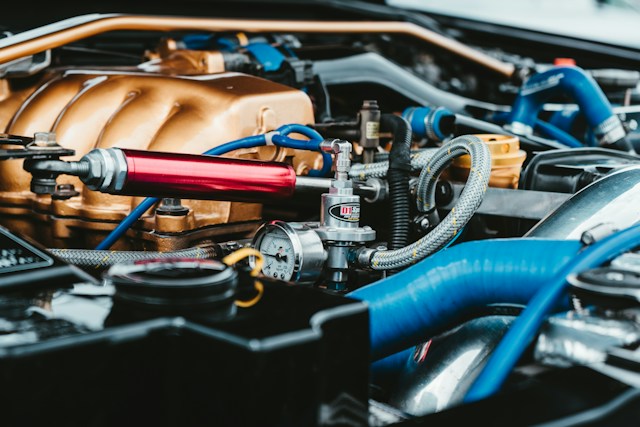Industrial hoses often need to receive the attention they deserve. However, leaks from improperly fitted hoses can put plant employees in dangerous situations, increase operating costs, and contribute to fugitive emissions. Hydraulic hose fittings come in various sizes and types, each designed for specific applications and pressure ratings.
Know Your Hoses
In the intricate world of hydraulics, hoses are pivotal in transmitting power and fluid throughout systems. Understanding the characteristics and specifications of these hoses is crucial for effective Parker hose & fitting inventory management Charlotte, NC. Hoses are designed to withstand the rigors of various applications, each with unique requirements. Familiarizing yourself with the different hose types, their pressure ratings, temperature ranges, and compatibility with specific fluids is essential for selecting the appropriate hoses for your needs. This knowledge ensures that your inventory comprises hoses that are compatible with your hydraulic systems and meet the demands of the specific applications they will serve. Hose and fitting inventory management requires a comprehensive understanding of hose markings, which provide valuable information about the hose’s construction, material composition, and pressure rating. Deciphering these markings allows you to accurately identify and categorize hoses, ensuring you have the right stockings for the right job. Additionally, understanding hose markings facilitates effective tracking and maintenance of your hose and fitting inventory. By equipping yourself with in-depth knowledge of hoses, you can make informed decisions about hose selection, ensuring that your inventory is tailored to the specific needs of your hydraulic systems. This knowledge empowers you to optimize inventory management practices, minimize downtime, and maximize the performance of your hydraulic systems.
Know Your Fittings
Pipe fittings are necessary whenever piping branches off, changes diameter, joins another type of hose or pipe or changes direction. There are many different types of fittings available to meet your needs. When choosing the right hydraulic hose fittings for an assembly, consider size, temperature, application, materials (or media), pressure, style and delivery. Size refers to the inside diameter of the hose fitting. Temperature is important because it affects the performance of a hose. In addition, make sure the hose fitting and its internal components are chemically compatible with any materials conveyed through it. This prevents permeation that could cause dangerous explosions or toxic fumes.
Know Your Materials
Whether you have an industrial or hydraulic assembly, the end fittings are as important as the hose. This is because they add an extra layer of protection and can increase the longevity of a hose assembly. Considering the type, style, thread/connector, material, and orientation of a fitting is essential for a seamless connection. In addition, knowing whether a hose fitting is crimped or field-attachable is also important. Another consideration is whether a hose assembly will see dynamic or static pressure. If it’s emotional, the hose should be rated higher than its working pressure to handle sudden system pulses and spikes that could cause failure.
Know Your Applications
As important as it is to know your hoses, you also need to understand the application for which they are designed. For example, a hose used in a steel manufacturing plant must withstand high heat and cold. Additionally, the hose must be able to handle dynamic and static pressure. When a hose is not designed for an application, it can lead to damage and failure. For instance, a hose that is used to transport chemicals may be exposed to chemical gases, which can cause corrosion and accelerated wear and tear on the hose and fittings.
Additionally, a hose used to transport food and beverages may be exposed to chemicals that can cause a chemical reaction within the hose. Knowing these details helps ensure the hose and fittings are compatible with the intended materials.
Know Your Customers
Managing inventory can be difficult, time-consuming and creates extra paperwork you don’t need. Whether talking to a walk-in customer or ordering online, determining the proper hose dimensions can be challenging. One of the most important dimensions is the outside diameter, or o.d. – especially when dealing with hydraulic or industrial hose assemblies that go over pulleys like on forklifts or aerial lifts. Other key measurements include hose length (h.l.) versus overall length (o.a.l.), which can make a big difference in the fit of an assembly and ensure it can be used as intended.

